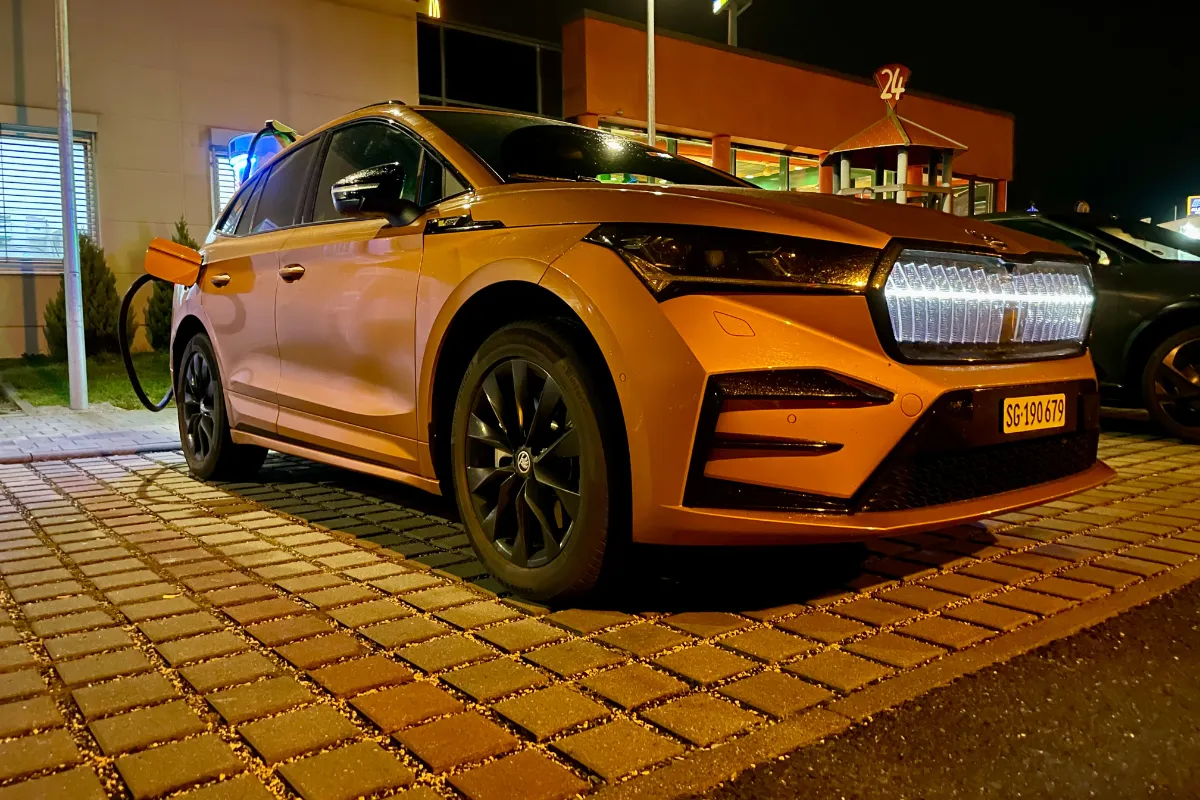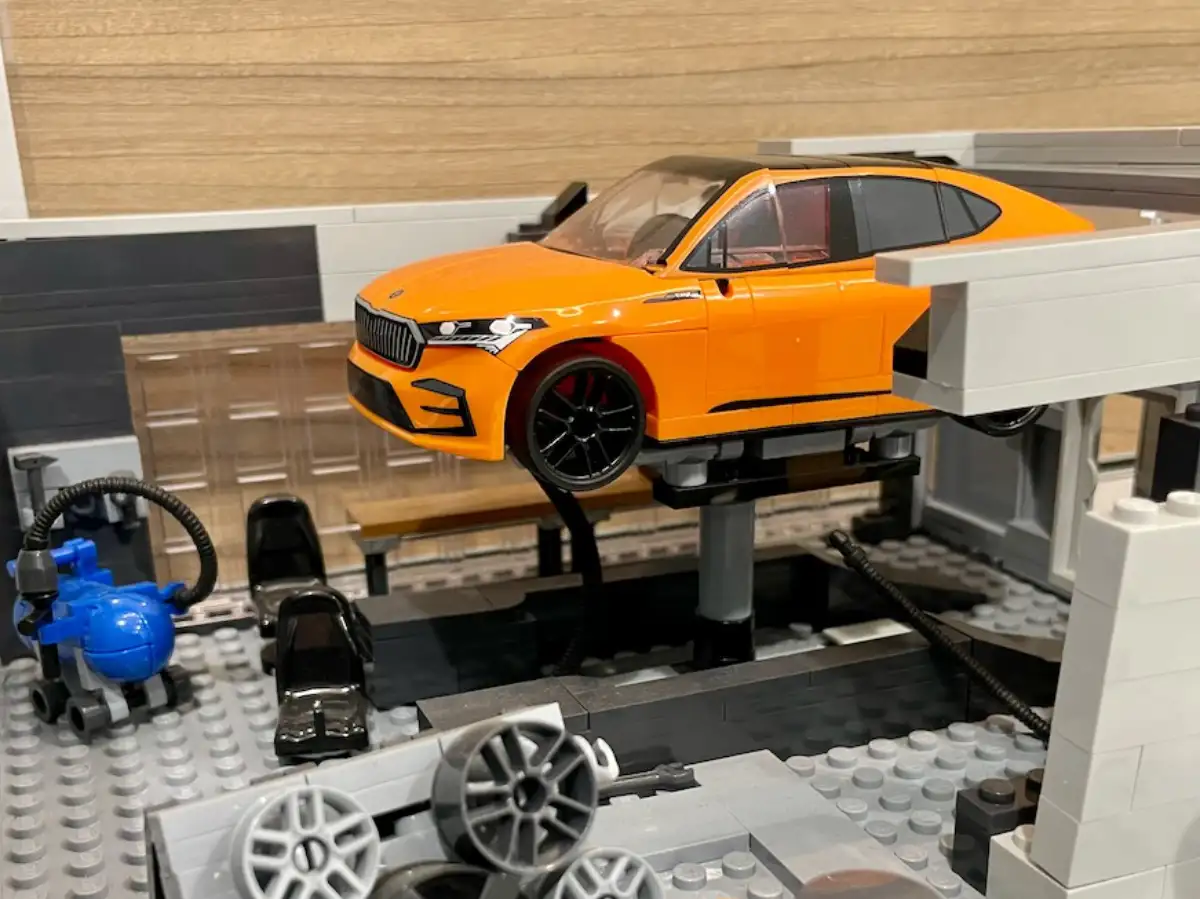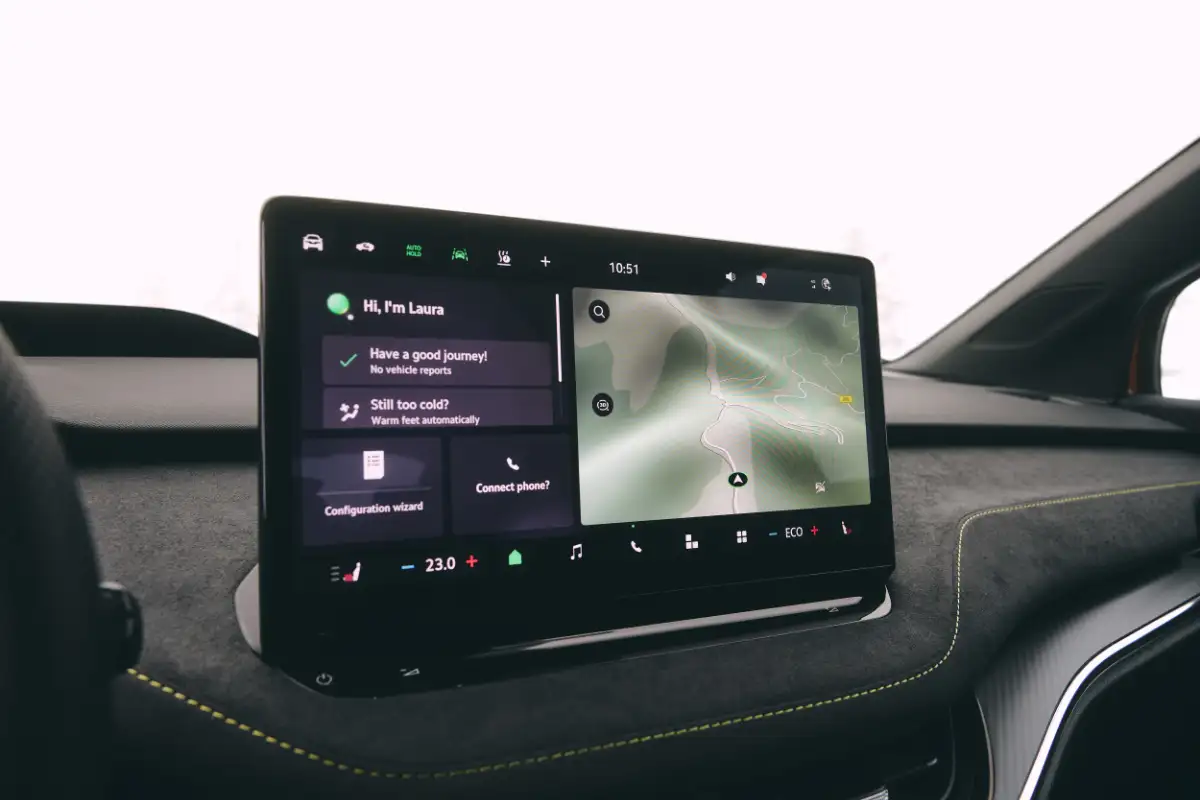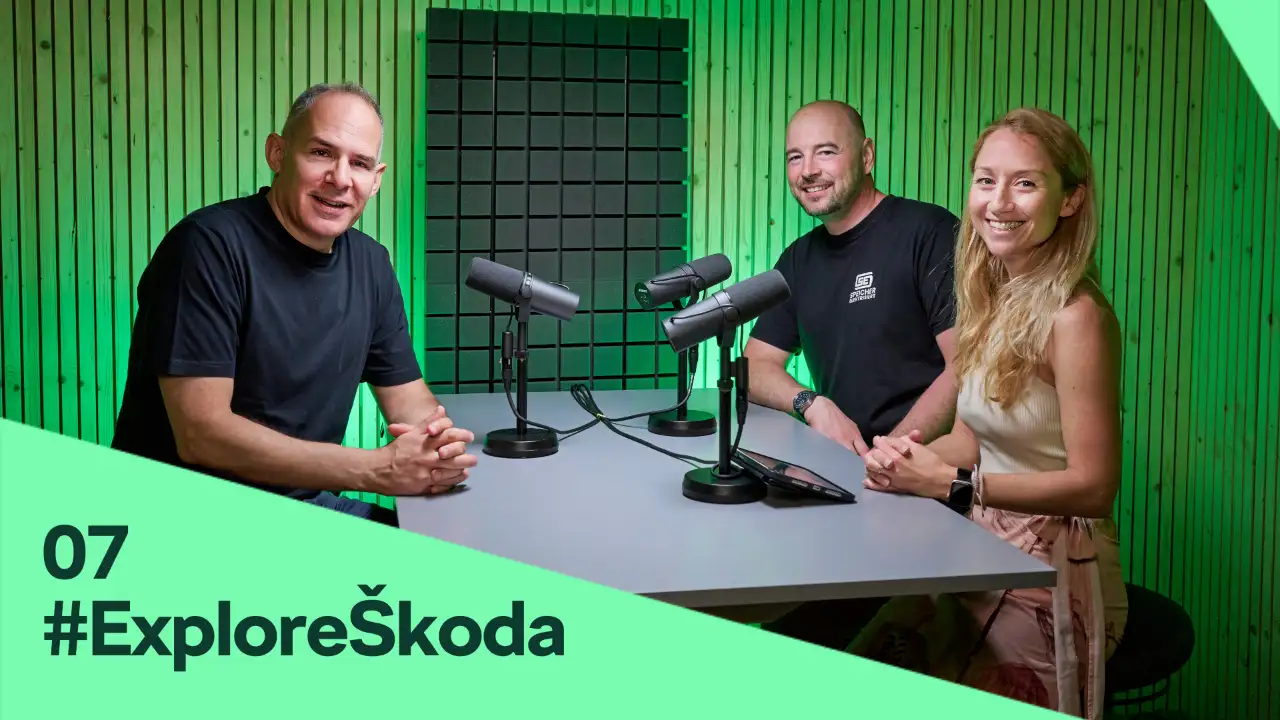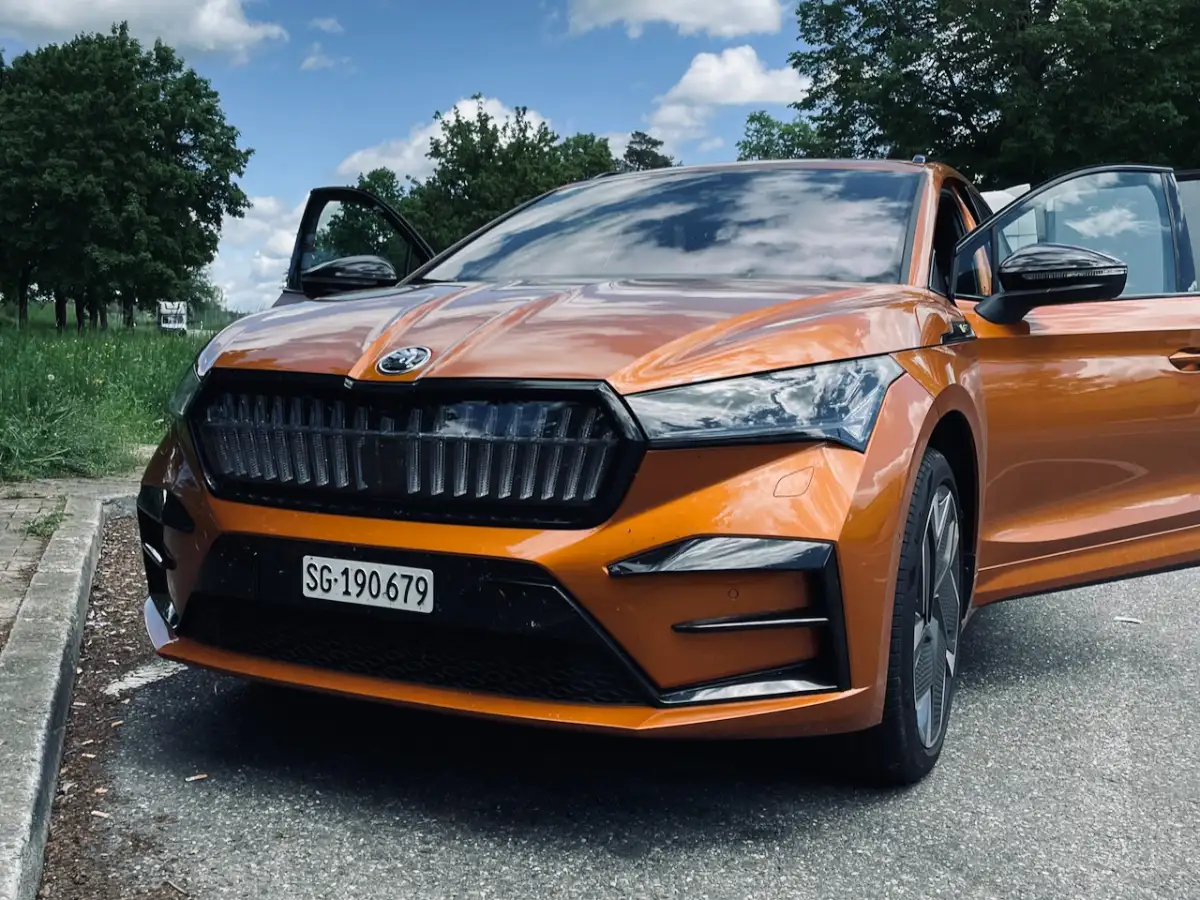Winter Roads, Freezing Temperatures and a Long-Distance Drive – How Does the ENYAQ Facelift Perform on a Real Road Trip in Winter?
Snowy roads, sub-zero temperatures, and a Škoda ENYAQ Facelift on a long-distance journey – how well does the electric SUV really perform under tough winter conditions? On my recent trip to Mladá Boleslav, the heart of Škoda, I not only got an exclusive look inside the factory, but also tested consumption, charging behavior, and overall performance in the cold. The results were surprising – with both pleasant and unexpected challenges.
Cold battery, slow charging?
My day started with a typical winter EV challenge: the battery was cold, and my first charging stop came just 10 minutes after setting off.
This created a familiar scenario for many EV drivers – despite preconditioning, the battery wasn’t fully warmed up yet. But what did that mean in practice?
- Battery temperature: 9°C
- Initial charging power: ~90 kW, gradually increasing
- Peak charging power: ~140 kW at 40% SoC
- Energy added: 39 kWh in 20 minutes, reaching 70% SoC
This shows that even with improved software and battery preheating, charging power may still be limited during the first minutes in cold weather.
However, while older ENYAQ models (first-gen with SW3) often got stuck at 60–70 kW, the new facelifted version ramped up quickly to 120–140 kW – even with a suboptimal battery temperature.
The return trip: traffic jams, charge interruptions, and smart strategy
On the way back, everything seemed to pile up at once.
Three traffic jams around Prague cost me nearly an hour before I could even properly get going. To make up for the lost time, I decided to change my charging strategy.
Instead of my usual two-stop plan, I switched to a three-stop approach – but with shorter sessions, only charging to 60–70% instead of 80%.
Why?
Because the higher the state of charge, the slower the charging becomes. By limiting the charge level and keeping each stop short, I optimized for speed:
- Charging stops: ~15 minutes each instead of 28–30 minutes
- Total charging time: 3×15 min = 45 min vs. 2×30 min = ~60 min
Another advantage: I was able to drive faster, since the third stop was closer to my destination. That meant I didn’t have to stretch my battery range to the limit – I could focus on making up time.
Bottom line: I was able to recover 21 minutes of the one hour lost due to traffic – just by adjusting my strategy.

